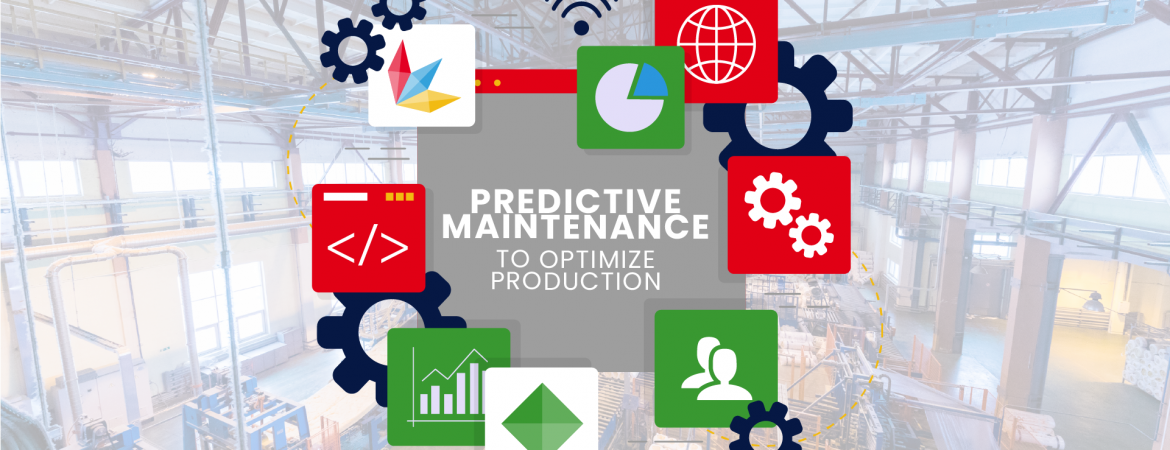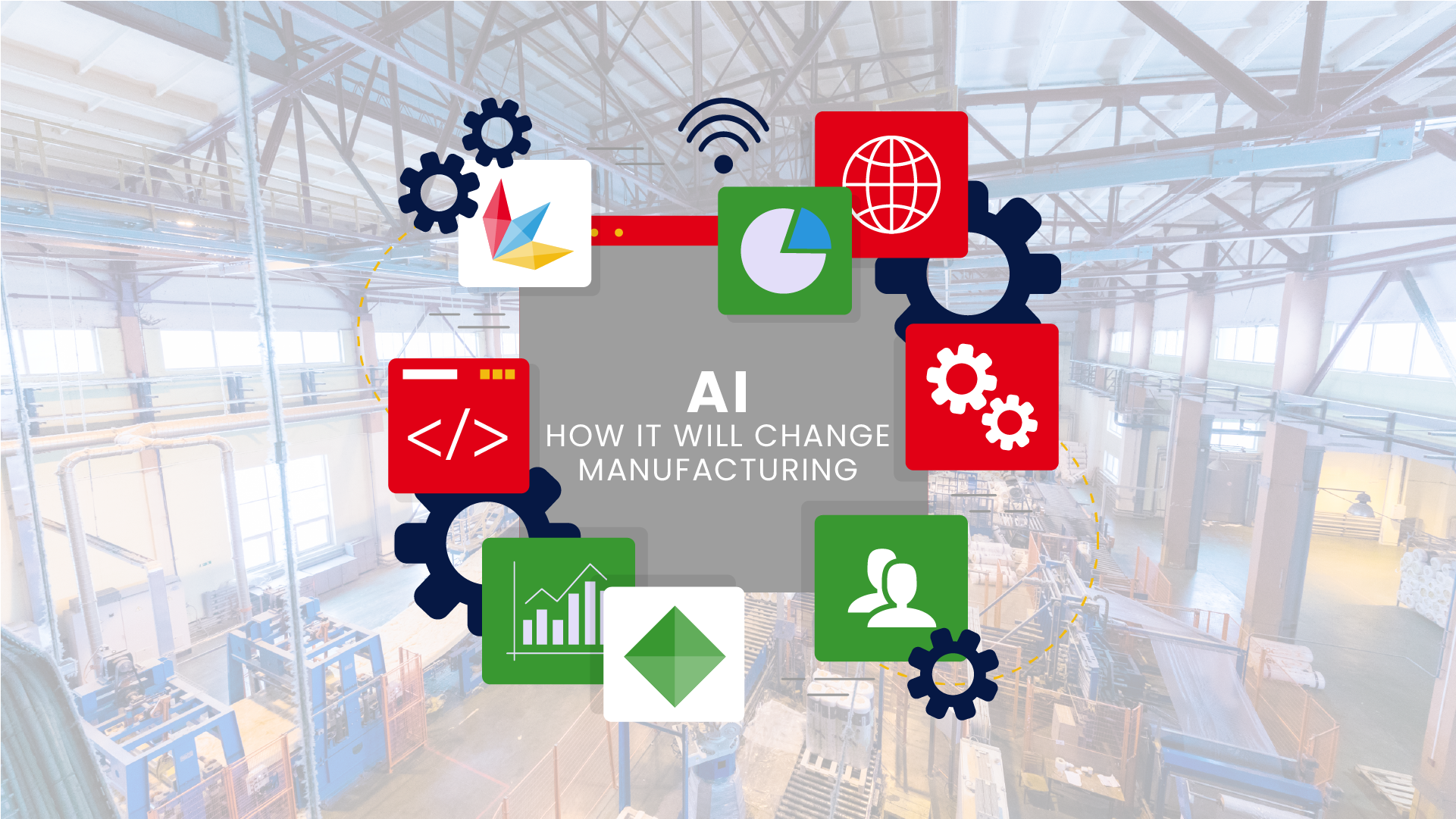Operational efficiency is a core component of production management. Unplanned machine downtime generates both direct costs (repairs, production losses) and indirect costs (supply chain delays, loss of customer trust, and energy waste). Until now, maintenance strategies have been structured around two main approaches: corrective maintenance—intervening after a failure occurs—and preventive maintenance, which involves scheduled actions at fixed intervals, regardless of the machine’s actual condition. The introduction of new technologies has paved the way for a third strategy: predictive maintenance, based on continuous data acquisition and intelligent analysis.
Predictive Maintenance: what is it?
Predictive Maintenance (PdM) is a proactive model aimed at identifying potential failures or functional anomalies by continuously analyzing the operational parameters of production systems. It has a dual objective: on one hand, to extend the useful life of machine components, and on the other, to minimize unplanned downtime. Unlike preventive maintenance, which relies on fixed time schedules, PdM operates on the basis of objective evidence, using statistical and probabilistic correlations between physical variables and mechanical behavior.
Functional architecture of a predictive maintenance system
-
Data Acquisition: IoT sensor devices are installed on critical machines to monitor significant parameters such as vibrations, temperature, electrical consumption, pressure, humidity, rotation speed, and acoustic signals.
-
Data Transmission and Collection: Raw data is transmitted in real time to a centralized platform, either on-premise or cloud-based, using secure communication protocols (e.g., MQTT, OPC-UA).
-
Processing and Analysis: Artificial intelligence algorithms (machine learning, neural networks, predictive models) or advanced statistical approaches (time series analysis, multivariate regression) compare incoming data with reference models to detect anomalies or significant deviations.
-
Decision Output: The system generates intelligent notifications (alerts, reports, dynamic dashboards) that support maintenance managers in making informed decisions. Some advanced systems can directly propose optimized intervention plans based on resource availability and machine operating schedules.
Strategic advantages for the production system
Predictive maintenance enables a significant reduction in maintenance costs through targeted and less invasive interventions. It also improves Overall Equipment Effectiveness (OEE) by enhancing the availability, performance, and quality of production assets. A key benefit is the reduction of unexpected downtime, which in turn increases production continuity.
The implementation of these technologies extends the useful life of capital equipment and reduces depreciation rates, generating long-term financial benefits. From an organizational standpoint, PdM helps optimize maintenance planning, with positive effects on workforce and resource management. Finally, it contributes to environmental sustainability by minimizing material and energy waste.
Adaptability in SMEs
A common critique of predictive maintenance is its supposed inaccessibility for small and medium-sized enterprises (SMEs), often seen as a solution reserved for large industrial groups. However, the market is evolving toward scalable, plug-and-play solutions, allowing companies to start with a limited number of critical assets and expand gradually. Today, SaaS platforms with intuitive interfaces are available, integrating seamlessly with existing ERP, MES, or CMMS systems and requiring minimal IT investment. Additionally, consumption-based or subscription pricing models make these solutions highly attractive to smaller firms.
Challenges and recurring obstacles
It is equally important to consider critical aspects when implementing these systems. Data quality is crucial: poorly calibrated or incorrectly installed sensors can distort datasets, leading to false positives or incorrect diagnoses. Moreover, although artificial intelligence provides valuable insights, human expertise remains central, as the maintenance technician’s interpretative and decision-making abilities are irreplaceable. An effective predictive system requires close collaboration between technology and operational knowledge.
Another crucial factor is adoption and change management. Implementing predictive maintenance involves a cultural shift that must be supported through training programs, employee engagement, and clear governance. It is also essential to assess the scalability and interoperability of the system, ensuring the chosen platform integrates smoothly with existing software ecosystems and avoids isolated or rigid architectures.
Predictive maintenance represents a strategic lever for improving the efficiency and resilience of production processes. It is not just an emerging technology but a true managerial paradigm shift, oriented toward data-driven decisions, operational agility, and waste reduction. Thanks to increasing market maturity and the availability of flexible solutions, even SMEs can embark on digital transformation journeys that include PdM as a central component. Conducting a preliminary needs analysis, choosing reliable technology partners, and defining measurable KPIs are key steps toward effective and sustainable implementation.



